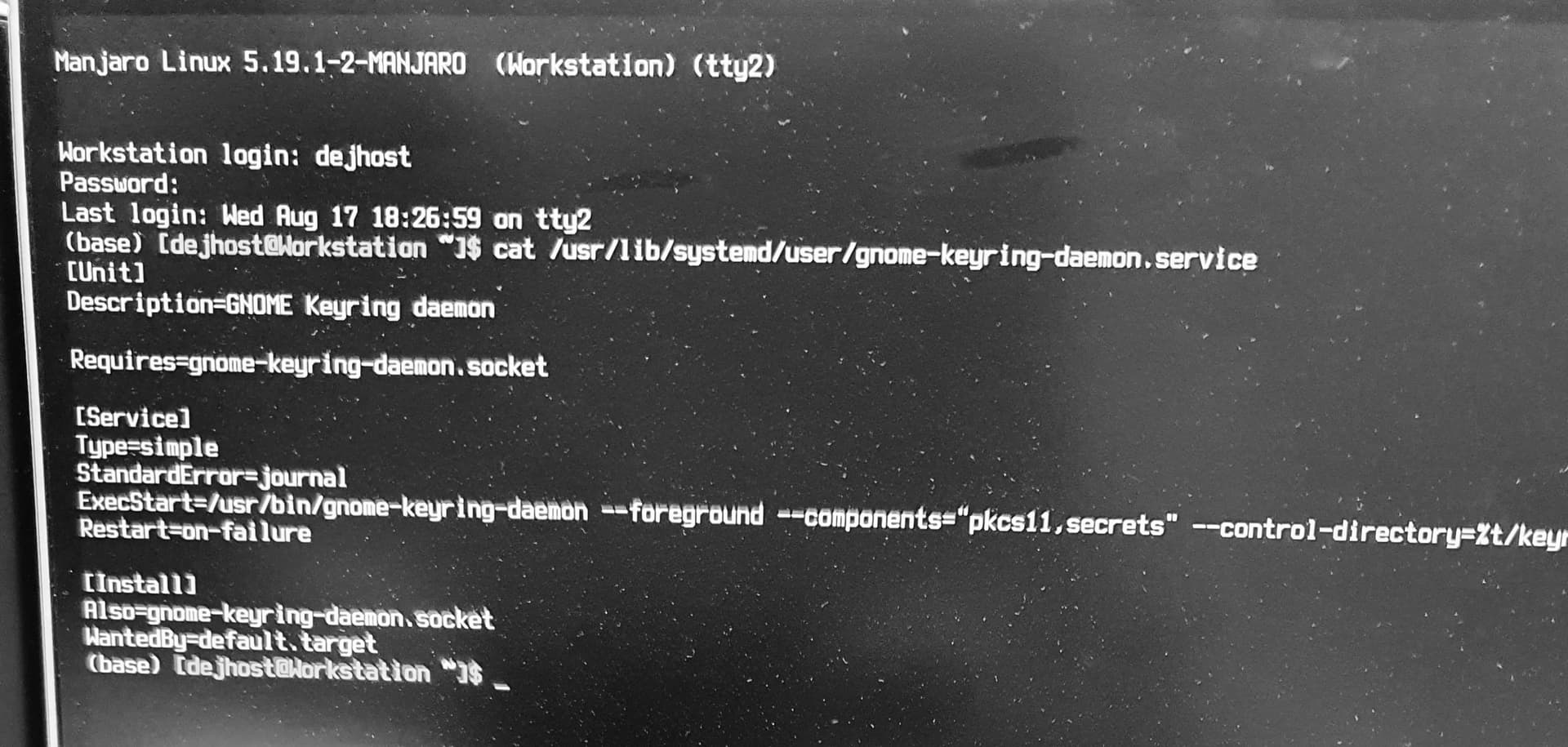

To fix this for Xfce, navigate to Applications > Settings > Appearance and enable Custom DPI setting on the Fonts tab, making sure this is set to 96.When using the Xfce or KDE desktop environments, some fonts may appear small, depending on the screen resolution.

#Multiseat x session startx install#
If you're following these instructions to install VNC Server on a central computer, then perform the following operation after step 5 and before step 6:ĥa) Run the command vncinitconfig -virtual-xorg-conf as root to generate a /etc/X11/nf file. Xstartup scripts can continue to be used to specify desktop environments and applications for virtual desktops in the same way as for Xvnc.
#Multiseat x session startx driver#
Alternatively, you can install the RealVNC dummy driver to restore use of RandR. Custom resolutions can be specified using Modelines.

The connected user should use the standard Screen Display or Monitor app instead. Note the VNC Server RandR parameter cannot be used to enable a connected VNC Viewer user to cycle between available screen resolutions during a remote control session. Xorg configurationĬustom Xorg settings can be specified in the new /etc/X11/nf file. Note that the following options supported by Xvnc are not supported: -blackpixel, -whitepixel, -linebias, -pixdepths, -pixelformat, -screen. Consult the Xorg man page for a list of valid options invalid options cause errors. These options are passed directly to the system Xorg server. or in a custom file identified by the vncserver-virtual -config FILE-PATH flag at start-up. ~/.vnc/config (ignored if the -config flag is used, below) Xorg server options can continue to be set in the following files: Note: The RandR VNC Server parameter cannot enable users to switch between available screen resolutions. Note that the vncinitconfig -enable-system-xorg script offers to copy over existing parameters from /etc/vnc/config.d/Xvnc and ~/.vnc/config.d/Xvnc respectively for you. ~/.vnc/config.d/vncserver-x11-virtual (just for you) etc/vnc/config.d/vncserver-x11-virtual (for all users) VNC Server parameters can be specified in the following new configuration files: Configuring VNC Server VNC Server parameters To disable the system Xorg server and use Xvnc again, run vncinitconfig -disable-system-xorg. Run without root privileges to enable just for you. To enable the system Xorg server for all users, run vncinitconfig -enable-system-xorg as root. In addition, VNC Connect 6.2.0+ must be installed and licensed. Ubuntu: sudo apt install xserver-xorg-video-dummy.Red Hat/CentOS 7/8: sudo yum install xorg-x11-drv-dummy.Xorg and the Xorg dummy video driver must be installed. There's no issue under Raspberry Pi OS (previously called Raspbian), however, as the default PIXEL desktop environment works well with Xvnc. This means that under SUSE you will still need to switch desktop environment in order to avoid the grey screen. Note: If you are using SUSE or Raspberry Pi OS (previously called Raspbian), you should continue to use Xvnc. More desktop environments, applications and extensions will likely be compatible out-of-the-box, giving a much better user experience, especially on Red Hat-compatible distributions. On some platforms, modern desktop environments fail to load (resulting in a gray screen), and modern applications and extensions (particularly those using hardware acceleration) do not work.įrom VNC Connect 6.2.0, you can configure VNC Server to utilise the latest version of the Xorg server present on your system instead. By default under Linux, VNC Server in Virtual Mode uses a version of the Xorg server built-in to Xvnc.


 0 kommentar(er)
0 kommentar(er)
